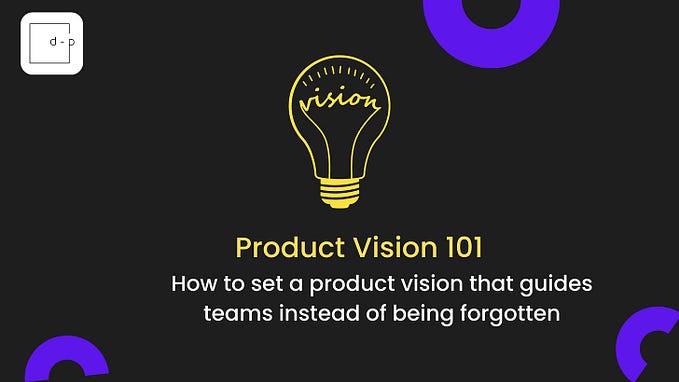Member-only story
20 psychological principles applied to product design
Using cognitive biases and persuasive patterns to build better products.

A few years ago, a colleague of mine introduced the Mental Notes game in my former company (BlaBlaCar). For each feature we were designing, we were gathering with a few product managers, designers and developers in a “behavioral review”, to see how we could apply a few behavioral psychology principles to our project.
Even a few years later, I still regularly use those principles on the projects I’m working on as a freelance product guy. In this post, I’ll share some of them with you, with some concrete examples of how they’re applied in real products. I hope this can help you in your own projects as well!
Disclaimer: All the topics and their descriptions below are coming from the Mental Notes card deck.
Social proof
“We tend to follow the patterns of similar others in new or unfamiliar situations.”
Apps that try to push users to complete an unusual action or start a new uncomfortable habit often use social proofs, like comments, ratings, testimonials, etc.
One example is the meditation app Petit BamBou that shows in real-time how many people are meditating, or how many have been meditating over the past week, month, year, etc. That way, they’re intending to show that meditation is something accessible to everyone, and that there shouldn’t be any barrier to practicing it.

Countless examples of social proof can be found as you get closer to the bottom of a purchase funnel. For instance, when you land on a pricing page, it’s quite common to find a few social proof elements:

You’ll often see a “Most popular” label associated with the more expensive option, and sometimes a few customers testimonials in order to convince you to finally buy the product or service.








